Search Results
Search
Filter results
Advanced Filters
Your search returned 45 Solutions
-
FRAMEWORK AGREEMENT BETWEEN THE INSTITUTE OF THE ELDERLY AND SOCIAL SERVICES AND FUNDACION ONCE
The Spanish Ministry and the private Fundación ONCE have joined forces to promote universal accessibility. A framework agreement lays out the respective financial contributions. Both partners are allowed to collaborate with other public and non-profit entities, and to apply for funding and technical support.
Ministry of Health, Social Services and Equality of Spain, Public-private partnership for accessibility, Spain -
Incorporating Universal Design into Home Building
Fundación ONCE has developed a prototype for an intelligent, barrier-free and sustainable house to demonstrate how a variety of needs of disabled people can be met and how Universal Design can be integrated into building. Between 2016 and 2017, more than 70,000 people visited the house on its journey across Spain.
ONCE Foundation, La Casa Accessible, Spain -
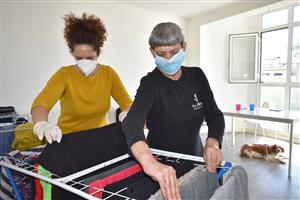
People-centred housing services for persons with psychosocial disabilities
Founded by Support-Girona from Spain in 2018, the Housing Commission supports people with psychosocial disabilities to access housing. A person-centred methodology ensures that they can decide for themselves where and how they want to live. By 2022 more than 50 people have found housing in this way.
Support Girona, Top House Housing Commission, Spain -
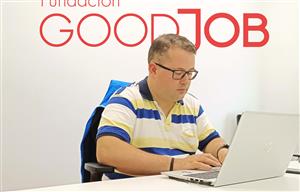
Company- and volunteer-based vocational training model for creating inclusive jobs in the IT sector
Fundación GoodJob's #IMPACT Program: Launched in 2020 for technological and vocational training online for persons with disabilities. By the end of 2022, 518 people participated, achieving an employment rate of over 70%.
#IMPACT, Spain -
Breaking down barriers to scientific knowledge
The project was launched when a group of geologists noticed the lack of knowledge about the earth sciences among society in general. According their motto, "science for everybody," they also began to promote activities for people with learning disabilities, first for Down syndrome students and later for blind and deaf/blind adults.
Science without Barriers Association, Spain -

Making civil service positions accessible for people with intellectual disabilities
To enable people with intellectual disabilities to apply for public vacancies, Plena Inclusión, together with the Spanish Committee of Representatives of People with Disabilities, developed a special call for employment for the Ministry of Public Functions. From 2012 to 2020, 448 people were able to find a job.
Plena Inclusion Spain, Public Sector Employment, Spain -
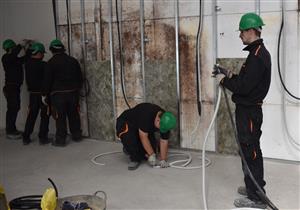
Moving inactive people with disabilities from social services to employment
A multidisciplinary team provides training, support, and internship opportunities to inactive youth with intellectual or psychosocial disabilities. Between 2017 and 2019, One-on-one has been working with 228 employers and supporting 2,054 people with disabilities to transition to employment.
ONCE Foundation, One-on-one, Spain -
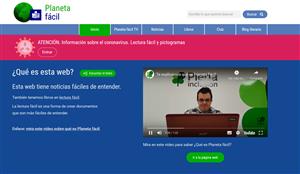
Website and TV-channel with easy access to news and information
Plena Inclusión España, a leading national NGO, launched Planeta Fácil, an easy-to-read news site for people with intellectual disabilities. The website presents current news in easy language, hosts blogs, and has developed an audio-visual programme, in cooperation with a mainstream news agency.
Plena Inclusion Spain, Planeta Fácil, Spain -
Eye and head-controlled digital musical instrument
The EyeHarp Association, started in 2011 in Barcelona under the auspices of Pompeu Fabra University, has developed Eyeharp, a digital musical instrument controlled by eye and head movements. Musicians can play melodies by looking at the notes on the screen. EyeHarp has a ‘freemium’ business model, with a free basic version.
EyeHarp, EyeHarp, Spain -
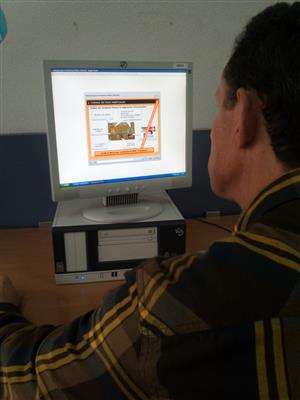
Learning to manage one ́s own personal finances
The goal of Inclusive Finances is to promote the capacity of people with learning disabilities to manage their personal finances in an autonomous way, with the specific goals of: learning basic financial concepts, improving one’s capacity to use money responsibly and applying the acquired financial knowledge to the labour market.
ONCE Foundation, Spain